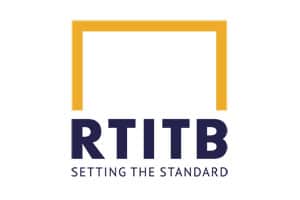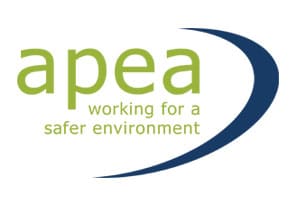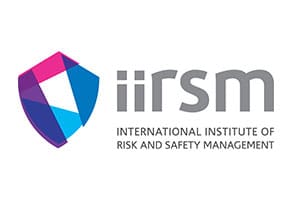The ATEX Regulations apply wherever an explosive atmosphere may occur. An explosive atmosphere is a mixture with air, under atmospheric conditions, of flammable substances in the form of gases, vapours, mists or dusts in which, after ignition has occurred, combustion spreads to the entire unburned mixture.
Legal Requirements
The legal requirements coming from the ATEX Directive are:
- Prevent the formation of explosive atmospheres which may be produced by equipment and by protective systems themselves
- Prevent the ignition of explosive atmospheres, taking into account the nature of every electrical and non-electrical source of ignition
- Halt an explosion immediately and/or limit the explosion flames
- Ensure the appropriate selection of materials
- Prevent potential ignition sources
- Control hazards arising from external effects
- Outline requirements in respect of safety devices
- Integrate safety requirements relating to the system
Employers must:
- Conduct ATEX risk assessments to identify the hazards and risks
- Identify and classify (zone) all hazardous areas
- Take organisational and/or technical measures in order of priority and document the measures in an Explosion Protection Document (EPD)
- Reduce risk as far as is reasonably practicable
Our Services
- Safety Matters will carry out the required ATEX risk assessments to identify and determine the necessary control measures
- Carry out a Hazardous Area Classification exercise for any location
- Assist with recommending and implementing additional control measures to reduce risk if required
- Generate your EPD to outline the control measures, both physical and organisational, in place and demonstrate compliance with the Safety, Health and Welfare at Work (General Applications) Regulations 2007
- Assist with the generation of zoning and hazardous area layout drawings
Explosion Risk Assessments
S.I. 299 of 2007 transposes into Irish Law a European Directive called the ATEX directive No.1999/92/EC and is concerned with the risks from fire and explosion arising from flammable substances stored or used in the workplace.
The regulations apply to most workplaces where flammable substances are stored or used for example where flammable liquids or flammable dusts are present.
By law, an explosion risk assessment must be carried out for any work activities involving flammable substances. Our Process Safety engineers can perform those explosion risk assessments by completing a visit on site and identifying the following aspects:
- Potential ignition sources
- Explosive atmospheres that are present
- Basis of safety
- Potential Consequences
- Additional recommendations will be given to the client at the end of the performance of the assessments to be implemented in order to control the explosion hazard.
We can compile your site specific Explosion Protection Document
- Those areas of the site where there is an explosion hazard;
- The substances and their properties that present an explosion hazard;
- Selection and use of equipment in explosive atmospheres including Certification or calibration documentation;
- Explosion risk assessments;
- Those places that have been classified into hazardous zones;
- The technical measures to both prevent an explosion and to mitigate the effects should one occur;
- Operation of early warning devices;
- The organisational measures to protect against explosions including training, instruction, operational procedures, supervision, maintenance, operation of permits to work, co-ordination between employers;
- Marking of areas;
- Means of escape;
- EPD periodic review.









